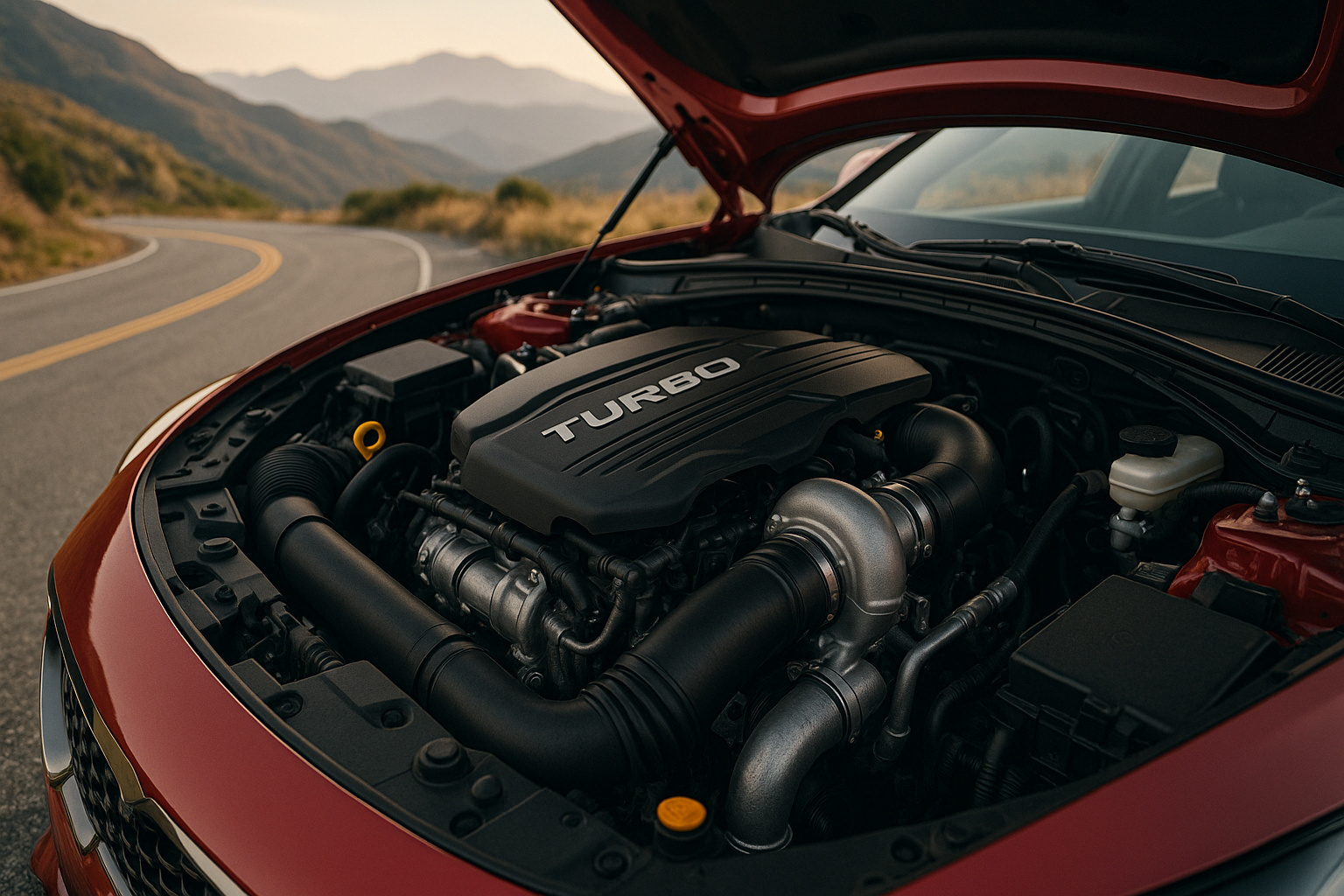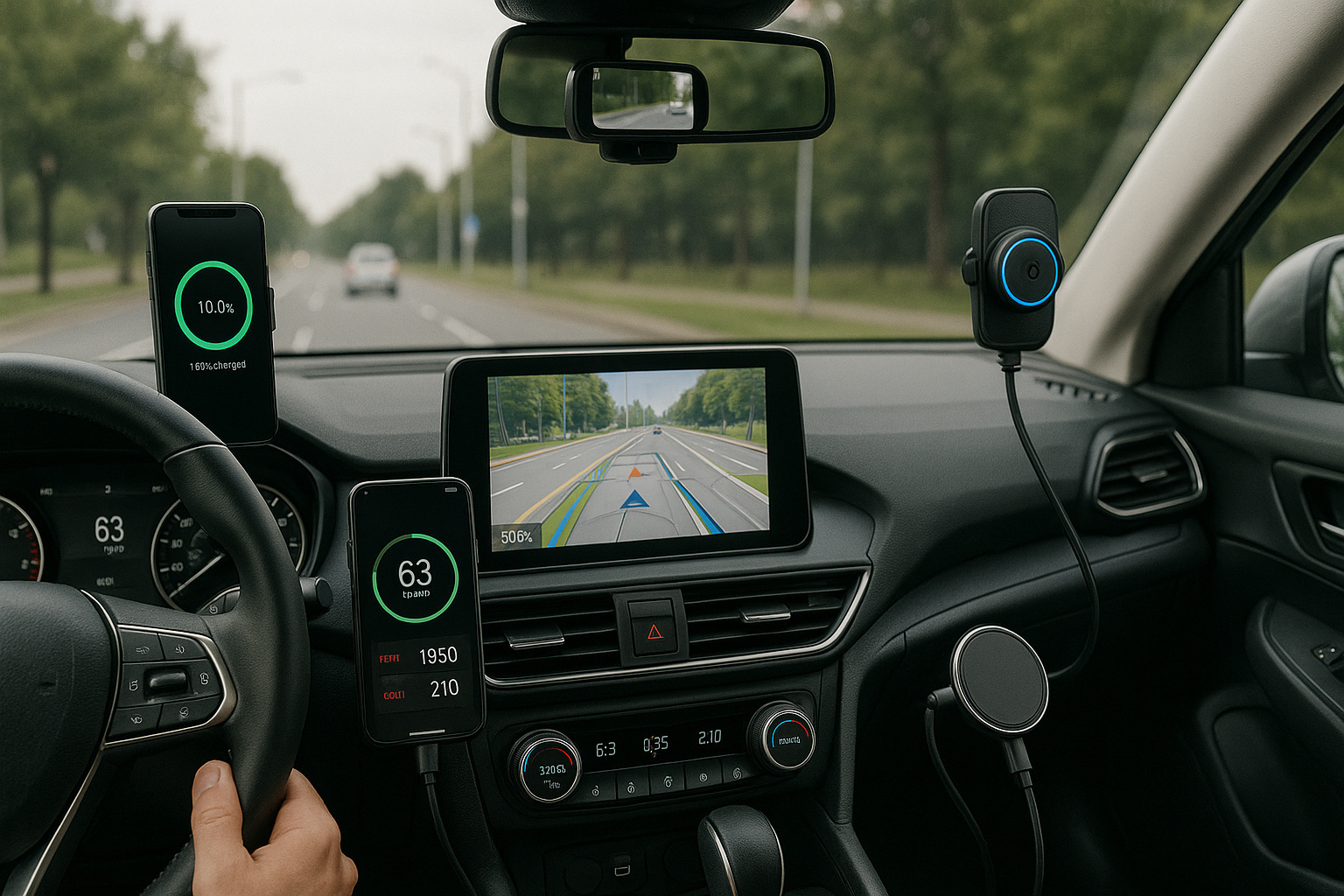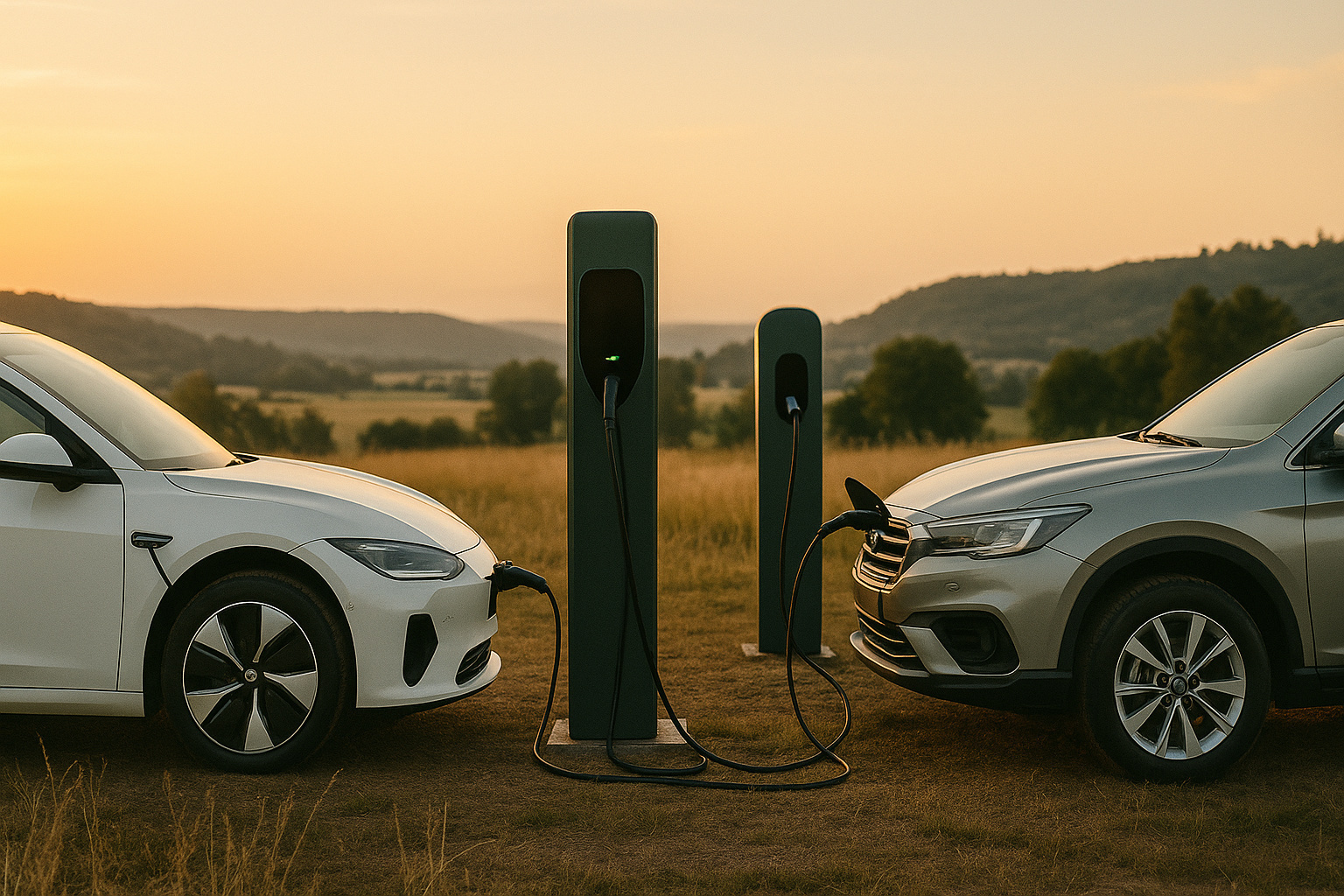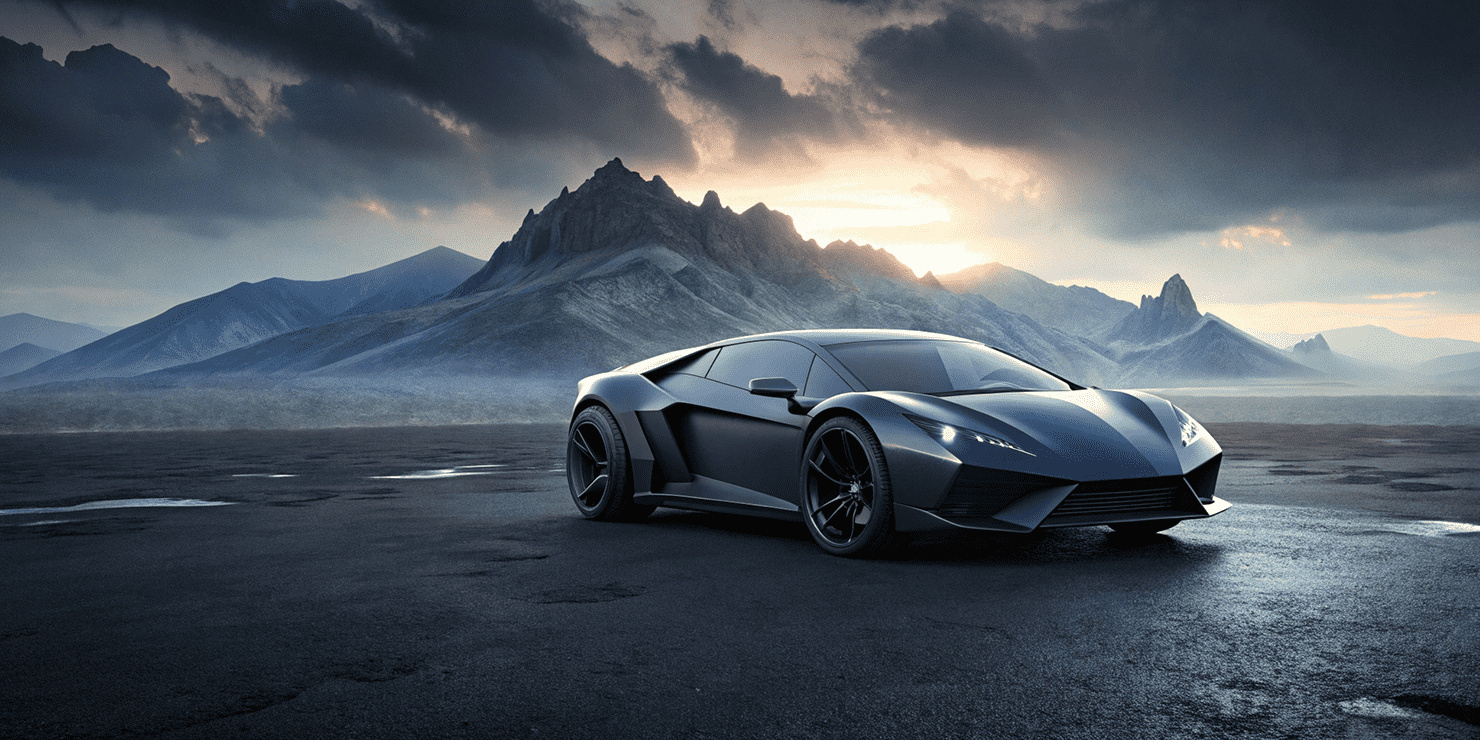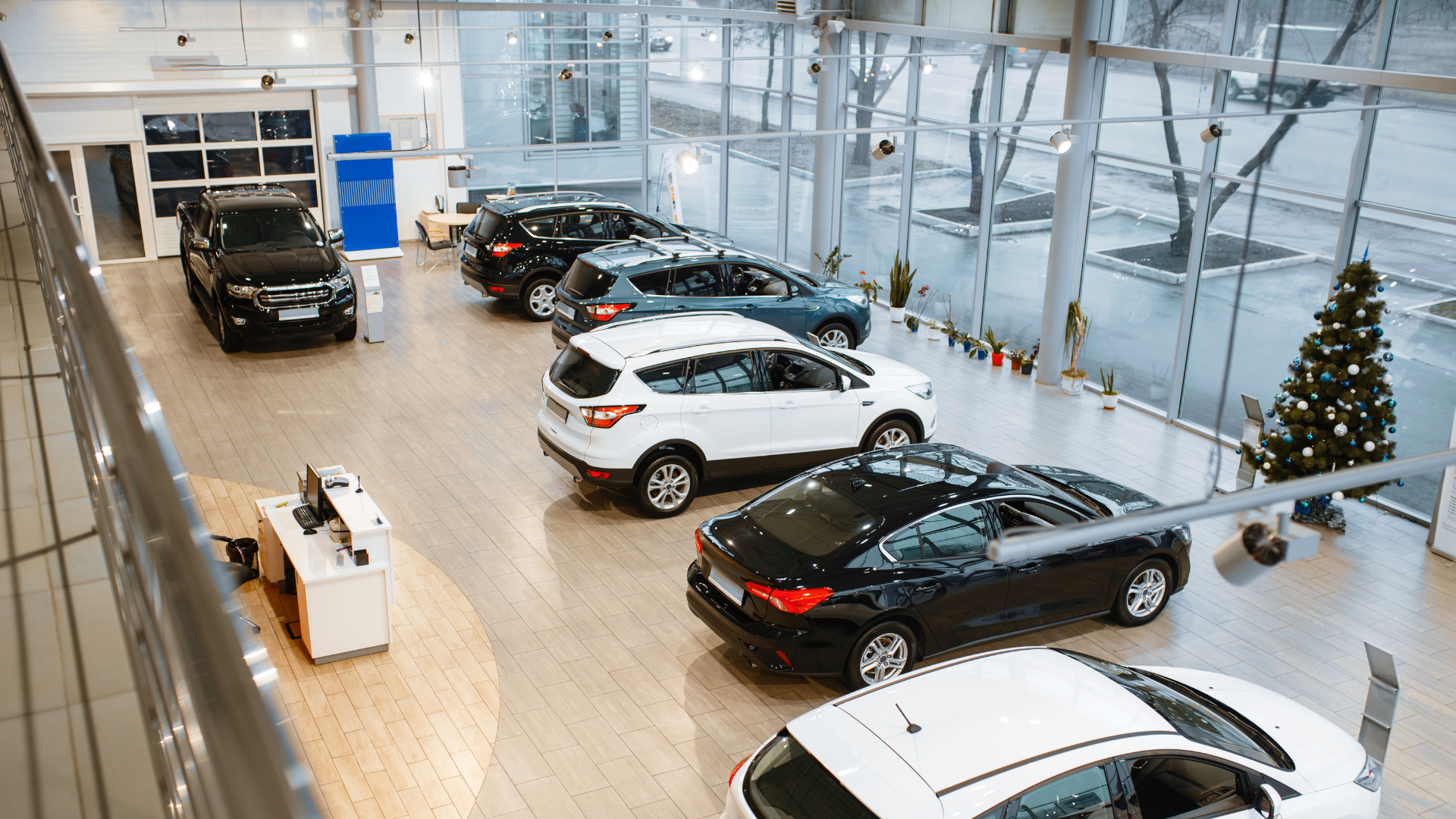
In the ever-evolving world of automobiles, classic cars hold a distinct place with their rich histories, stylish designs, and deep cultural impacts. As we move towards 2025, there's growing interest in the automotive industry and among enthusiasts in revisiting and potentially reviving classic models that not only shaped the past but could also influence future trends. This article explores five classic cars that deserve a modern comeback, examining their historical significance, unique features, and why they would resonate in today’s market.
The allure of classic cars is undeniable. They represent a nostalgia-filled era that many car enthusiasts and collectors wish to preserve or even reintegrate into modern automotive technology. However, with the vast array of once-loved models parked in the annals of history, choosing which classics deserve a comeback is no small task. In considering a revival, factors such as design, innovation, and market impact play a crucial role. This guide will delve into each aspect, helping to understand why certain forgotten classics are ripe for a return.
-
1967 Alfa Romeo Tipo 33 Stradale
Kicking off our list is the stunning Alfa Romeo Tipo 33 Stradale, known for its breathtaking design and racing heritage. The Tipo 33 Stradale, introduced in 1967, featured a sleek, aerodynamic body and was powered by a potent V8 engine. This combination of beauty and performance made it a standout in the sports car category. A modern version could emphasize hybrid technology while retaining its iconic silhouette, capturing the hearts of both classic car lovers and modern speed enthusiasts.
-
1955 Citroën DS
This French marvel was ahead of its time with its futuristic design and technological innovations, such as hydropneumatic suspension. The Citroën DS was not just a car; it was a design and engineering statement. Modernizing the DS could involve advanced electric powertrains and autonomous features while maintaining its distinctive shark-like design and comfortable ride, ensuring it remains a trendsetter.
-
1963 Chevrolet Corvette Sting Ray
The Chevrolet Corvette Sting Ray is celebrated for its distinctive split rear window, aggressive styling, and performance capabilities. A modern revival could enhance its classic muscle car appeal with contemporary performance engineering, such as an electric motor to complement its V8, and cutting-edge materials to reduce weight and improve efficiency.
-
1973 BMW 2002 Turbo
Known as a compact and punchy sedan, the BMW 2002 Turbo was a trailblazer for turbocharged performance in everyday cars. A modern comeback could retain its compact dimensions and sportiness while integrating hybrid or all-electric powertrains, making it a perfect fit for the urban environment and modern sustainability standards.
-
1970 AMC Gremlin
Often regarded with a mix of affection and curiosity, the AMC Gremlin was compact, economical, and uniquely styled. It exemplified America’s more adventurous automotive spirit during the 1970s. With the rise of small, efficient city cars, a reimagined Gremlin could focus on being an affordable, fun, and highly customizable electric vehicle, appealing to a younger demographic seeking uniqueness in their ride.
When contemplating the reintroduction of a classic car, consider the following criteria: adaptability to modern technology, the potential market base for vintage designs in contemporary settings, and the feasibility of maintaining the original's spirit in a new guise. Consulting with automotive historians and engaging with fan communities may also provide deeper insights into which models would be most compelling for a comeback.
In summary, while the notion of reviving classic cars involves intricate planning and consideration of modern technology adaptations, the endeavor can breathe new life into legendary models and reintroduce their timeless charm to future generations. For passionate auto enthusiasts and manufacturers alike, observing and potentially contributing to the resurgence of these classics not only preserves automotive history but also enriches the cultural tapestry of the car industry in 2025 and beyond. Key takeaways include assessing technological adaptability, market potential, and community interest in these historical vehicles.
